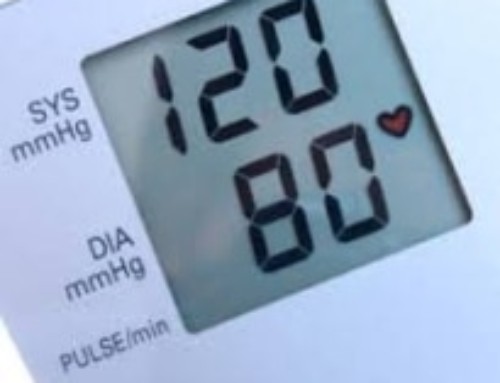What is Critical Limb Ischemia (CLI)?
Critical Limb Ischemia (CLI) is defined as leg pain occurring at rest or impending limb loss that is caused by severe peripheral artery disease (narrowing/blockage of the leg artery) and compromised blood flow. The National Institute of Health notes that patients with CLI have an elevated risk of future myocardial infarction, stroke and vascular death, 3-fold higher than patients with intermittent claudication. Given that CLI, in many cases, has the potential to end in leg/foot amputation, early detection and intervention are critical to preserving the limb.
Critical Limb Ischemia Risk Factors
Common risk factors for CLI are:
- Smoking
- Diabetes
- High blood pressure
- Family history of atherosclerosis
- High cholesterol
Critical Limb Ischemia Symptoms
Common symptoms/signs of CLI are:
- Severe pain or numbness in the legs and feet while not moving
- Cold, pulseless feet
- Tingling or numbness in lower legs or toes
- Pale color
Evaluation of Arterial Occlusion
A further evaluation of the arterial supply to the leg will be done using Ankle Brachial Index (ABI – ratio of blood pressure in the ankle and arm), vascular ultrasound, CT angiography and/or invasive angiography of the leg (imaging arteries using x-ray after contrast injection through a catheter). The testing will be done urgently depending on the severity of illness to confirm and better define the location of blockage, severity of blockage and extent of blockage. The results of the tests determine the treatment approach (stents, surgery, medical), feasibility of treatment and the prognosis in an individual patient.
Treatments for Critical Limb Ischemia
There are multiple treatment options depending upon the findings on the ultrasound and the angiogram with the goal being limb preservation (avoiding limb amputation). The options include endovascular repair (angioplasty balloons, drug coated balloons, stents, catheter based thrombolysis), surgery and, the least desired, amputation. Other specialists will be involved in the care of the patient – wound care management, vascular surgery, podiatry, endocrinology and plastic surgery to facilitate wound healing.
As an Interventional cardiologist in Plano, TX, my role in your treatment will be in the evaluation and management of the arteries supplying the leg. This means that I will be administering and evaluating the progress of all endovascular repairs. The endovascular treatment methods have a very high success rate and typically are able to provide the wound and pain relief needed. In the occurrence this type of treatment proves to not be successful, I’ll then consult with other specialists to determine if different forms of treatment are better suited for you.
Follow-Up Care
The patient will need regular follow-up care and optimization of risk factors to decrease the chances of recurrence and also for early identification of recurrence. Addressing risk factors, namely smoking cessation, treating diabetes, high blood pressure and high cholesterol, is very important as a secondary prevention strategy.
Written by: Narayn Pillai, MD




